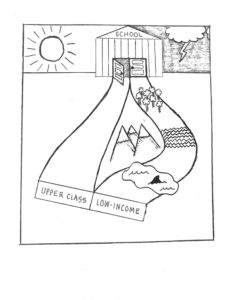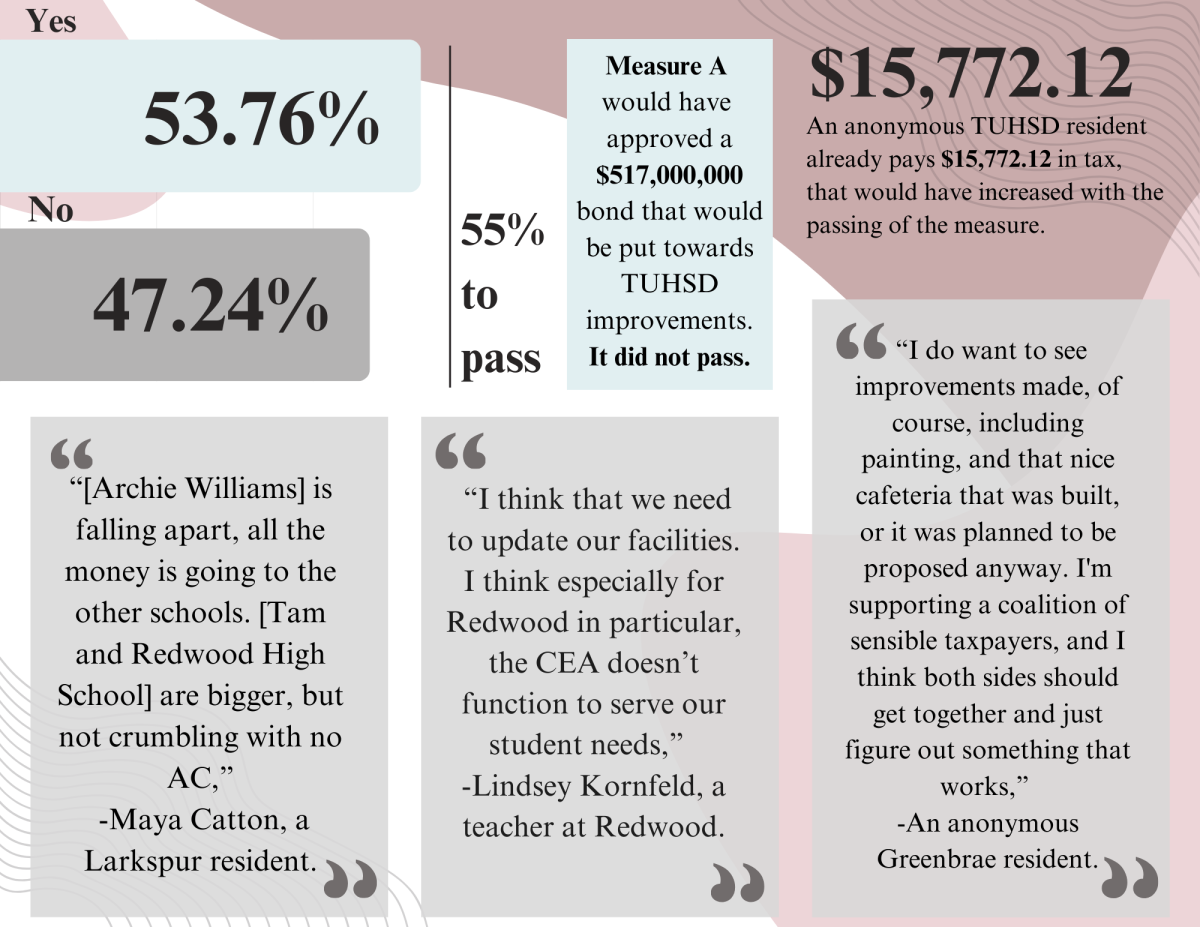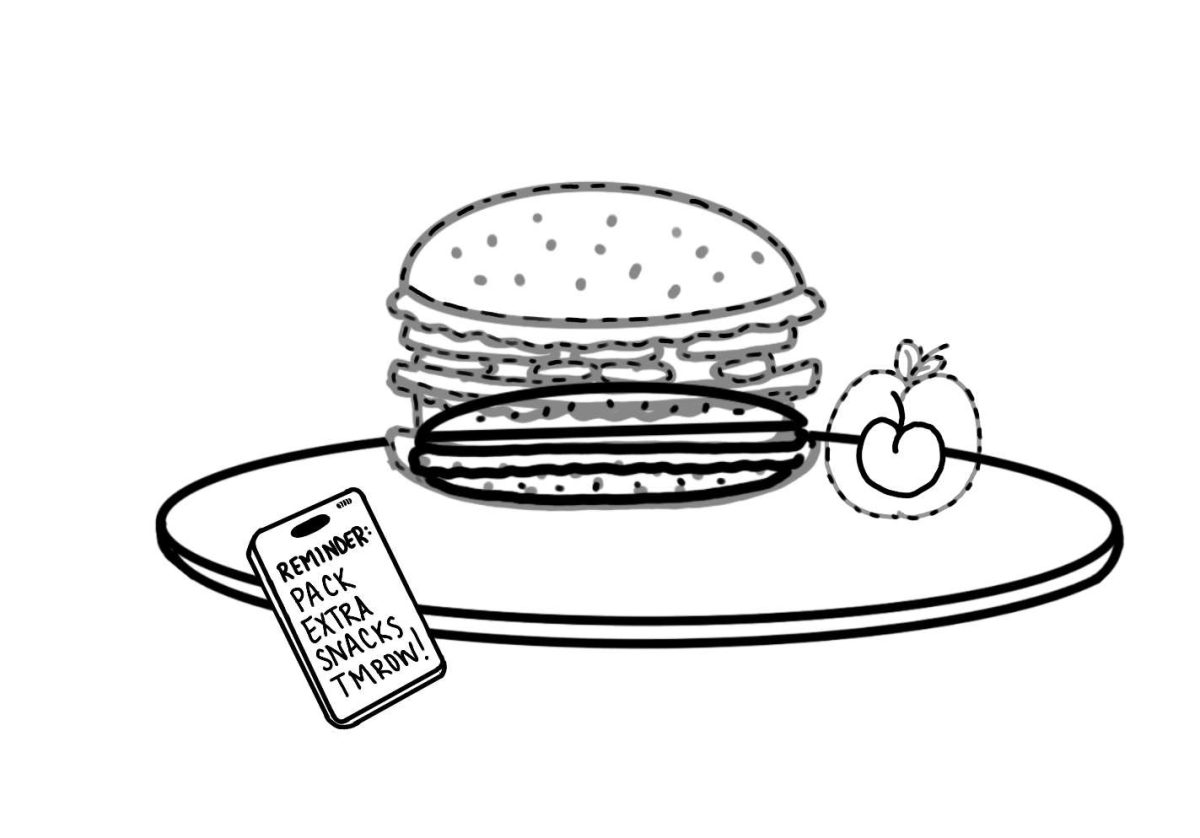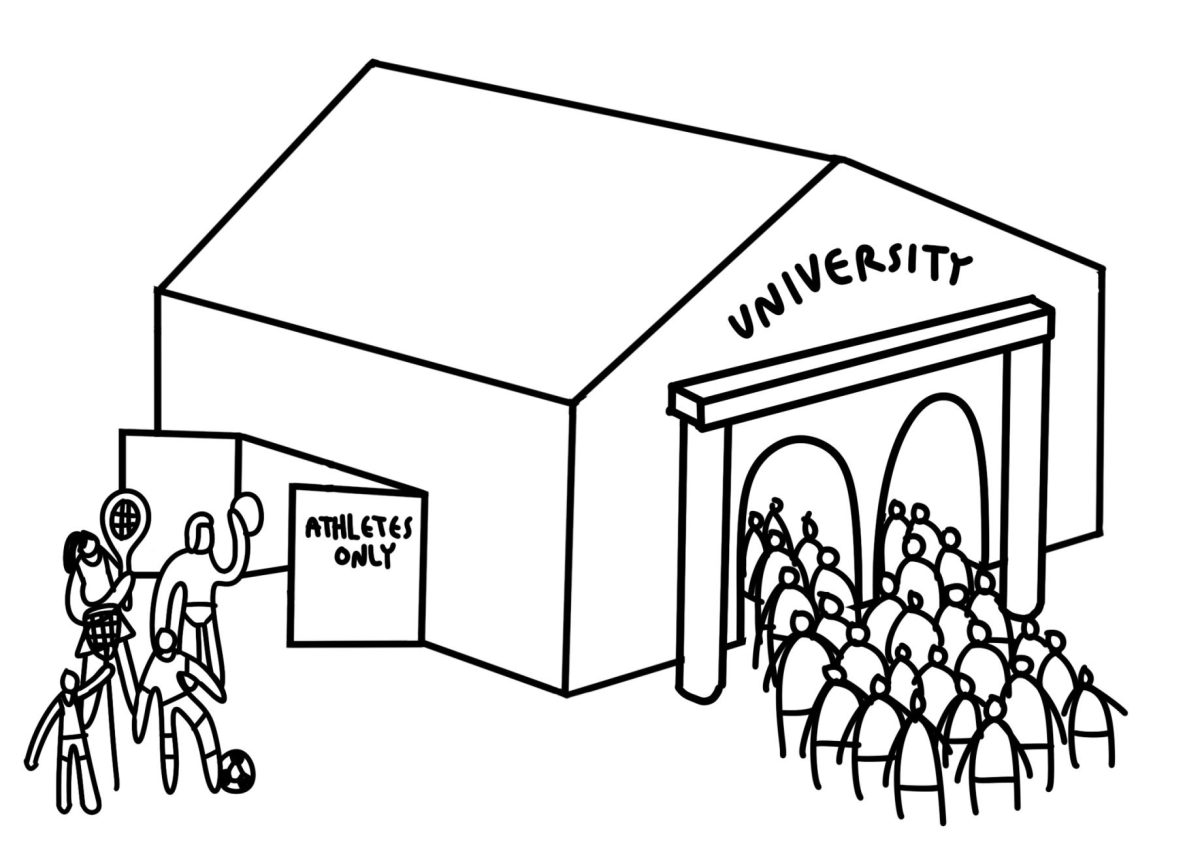It’s hard to grasp the concept of poverty, especially while sitting in the classroom of a California Distinguished School, next to the student parking lot filled with BMWs, Audis and brand new Jeeps, or with a schedule possibly consisting of Film Appreciation or Yoga classes. It’s easy to forget that school is a privilege.
For most teenagers in Marin, this way of life is something that they have come to expect and unknowingly rely upon. Many view the residents of cities such as Marin City, Novato or Sausalito as less intelligent, less hard-working and less professionally successful, and come up blank for the reasoning why this is the case. Whether or not these opinions are accurate, one thing is clear: because of the lower quality education, the opportunities presented to the low income and lower class communities of Marin City are substantially less frequent and convenient than those offered to wealthy, middle and upper class families.

To find the source of this inequality, we must first trace it back to the funding for public schools in low income areas. Title I is the federal aid grant that provides funding for grades K-12, supplementing the needs of high-poverty schools across the nation. According to Gloria Bonilla Santiago, a writer for the Huffington Post, the fund for Title I in 2007 was $27 billion and has since dropped to $15.5 billion as of 2015. This $11.5 billion decline in financing shows that the needs of lower class students are being disregarded and dropped for “more important” matters. The Huffington Post also notes that 64.7 percent of low income students who enroll in a 2-year college and 31.9 percent of low income students enrolled in a 4-year college require remedial courses to help them catch up to the level of skill they need for a college level course, pointing to a direct connection between lack of funding and poor academic performance.
Arne Duncan, U.S. Secretary of Education addresses, this issue in a statement on the Department of Education website.
“Educators across the country understand that low income students need extra support and resources to succeed, but in far too many places, policies for assigning teachers and allocating resources are perpetuating the problem rather than solving it,” Duncan said.
The extra support and resources that Duncan speaks of in her statement derive from a variety of outside influences that low income students are dealing with in their home lives. These outside influences are called Adverse Childhood Experiences (ACEs). These experiences could be deaths or addiction within the family, incarcerated parents or varying types of abuse. If a child has 3 or more ACEs, they are considered significantly disadvantaged academically. If a child has 5 or more ACEs, they likely won’t graduate high school, according to Carrie Crossley, teacher of three years at La Pine Elementary, a Title I funded school. Sadly, most of the kids attending Title I funded schools have more than 5 ACEs.
The immense struggles of these low income kids are being dismissed as minor inconveniences by the media, the government and middle and upper class families. In actuality, these issues have a resounding impact on a child’s life, development and the success of their future.
Tutoring in Marin City, I hear many different perspectives of students and their home lives. One ten year-old girl I spoke to, “Jane”, explains to me she wakes up every morning at five and makes the long drive to Marin from Richmond. She tells me she is constantly tired. “Jane” attends school in Marin City to be closer to her parents’ work in Sausalito. She waits long hours after school for her parents to pick her up. Another girl, “Brook”, leaves her house at 5:30 a.m. and returns after 7:00 p.m. This type of lifestyle forces an onset of pseudomaturity, wherein the student places more time and energy on the matters it feels more important such as taking care of the home or working an extra job. On the list of responsibilities, school usually falls towards the end.
However, a small building off of Drake Avenue in Marin City is noticing this trend and doing something about it. Bridge the Gap College Prep is a non-profit center for students beginning in third grade and continuing through high school. The organization offers tutoring and a wide variety of other educational programs Monday through Friday. Many students attending Bayside Elementary, Bayside MLK Jr. Middle School or Tam High choose to walk or drive over after school with friends, completing homework with the aid of teachers or volunteer tutors. Hence the name, Bridge the Gap believes in education being the equalizer of opportunities for these low income students. They believe that by providing the right materials and help to Marin City students, they will succeed, and so far it has been successful.Since opening their high school program in 2012, 100 percent of their seniors have graduated and gone on to college, according to the Bridge the Gap website.
Programs such as Bridge the Gap are exactly what the impoverished areas of our country need, and are also what is needed close to home in Marin City. We must continue to believe in disadvantaged students, because while they may not have the same lives or the same level of privilege as many Marin residents, the students want the same things: to achieve.
Redwood as a high school, Marin as a county, and the United States as a country must stop putting all the fault on the students themselves. The underfunded schools, lack of support and difficult environment are to blame. Given the right resources, they are just as capable as wealthier students. By giving students this help, we are giving them a whole world of opportunities, just at their fingertips.


















